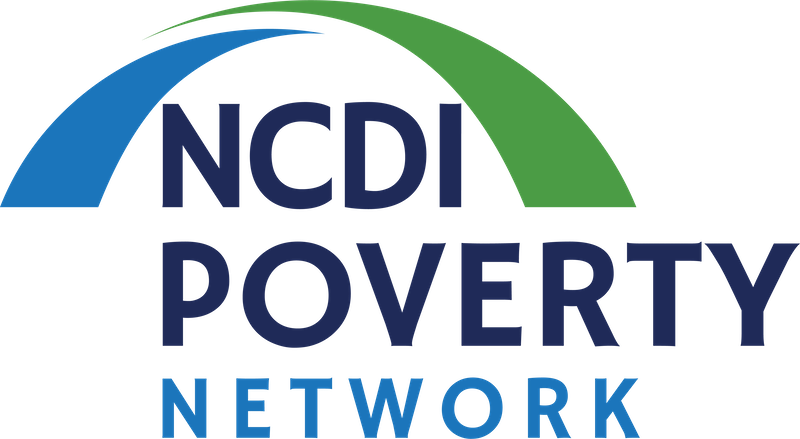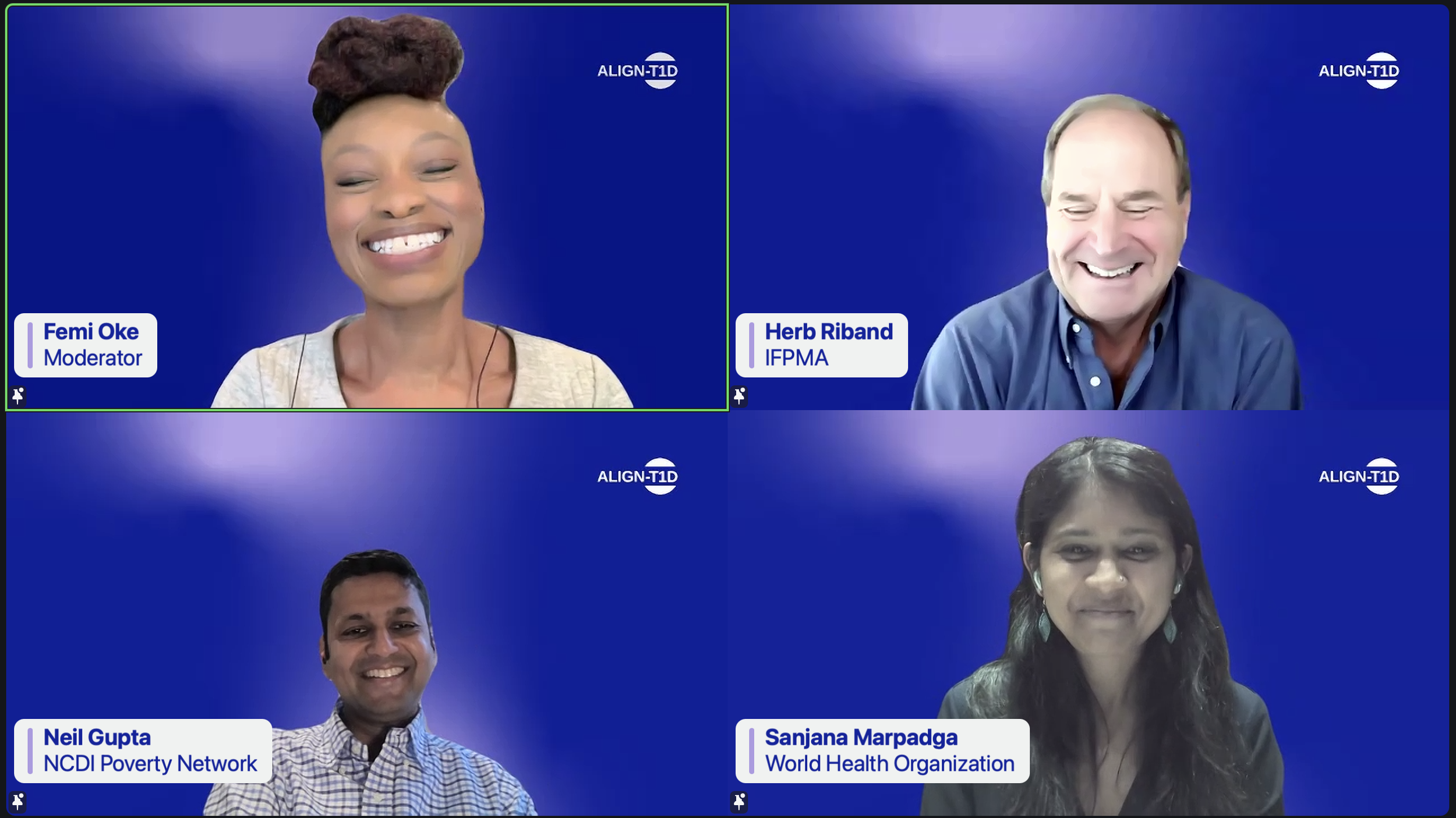‘A Real Winning Strategy’: New Partnership Aims to Improve Global Access to Type 1 Diabetes Care
A virtual launch event marked World Diabetes Day with pledges of collaboration and coverage.
The recent ALIGN-T1D launch event was celebratory, but also serious, as a panel discussion drew thoughtful consideration of challenges and opportunities around increasing access to medicine and resources for type 1 diabetes. ALIGN-T1D aims to reach 165,000 people living with type 1 diabetes in low- and middle-income regions in the initiative’s first phase.
When given a recent opportunity to make a wish for global health, on World Diabetes Day no less, Dr. Neil Gupta went big.
“I want every person living with type 1 diabetes around the world to be counted, to be known, to be named,” said Dr. Gupta, senior director of policy for the NCDI Poverty Network. “Because there are countless people living with type 1 diabetes who have never been diagnosed or brought to care.”
A new partnership aims to address that gap. Dr. Gupta’s remarks came during the virtual launch event for the Alliance for Integrated, Government-led Networks for T1D. Known as ALIGN-T1D, the partnership includes global funders of type 1 diabetes programs, leading producers of diabetes medicines and technologies, and members of the worldwide type 1 diabetes community.
Breakthrough T1D and The Leona M. and Harry B. Helmsley Charitable Trust, together with Roche and Sanofi’s Global Health Unit, announced the launch of ALIGN-T1D on Nov. 14, World Diabetes Day.
“Investing in collaborative efforts, like ALIGN-T1D, helps create a world where all people living with T1D can thrive,” said Dr. Gina Agiostratidou, director for the Type 1 Diabetes Program at The Helmsley Charitable Trust. “With many competing priorities in global health, we can do so much more when we act together. Collective action across sectors is key to ensuring the diabetes community’s priorities are included in country health policies and systems.”
Dr. Stephanie Pearson, associate vice president of global responsibility at Breakthrough T1D, said during the launch event that ideas for the partnership began out of a sense that global initiatives on type 1 diabetes seemed “discoordinated,” with frequent duplication of services. Groups and national government partners met and provided input over the past year, she said, to develop a plan for an initiative that would work at government, community, and implementation levels of care.
In its first phase, the initiative will aim to reach 165,000 people living with type 1 diabetes across three low- and middle-income geographies. ALIGN-T1D will work with ministries of health, community representatives, and local partners to support country-led strategies that reflect the most urgent local needs.
Speakers in the launch event emphasized that ALIGN-T1D will directly involve people living with type 1 diabetes, in the places where the initiative has impacts.
Partnerships, inclusion, and shared engagement will be key components of ALIGN-T1D, which aims to use collective action and resources to expand diabetes care in health policies and systems. (Screenshots by NCDI Poverty Network, courtesy of ALIGN-T1D.
“True progress in diabetes care happens when the voices of those directly affected are not only heard but have an active role in shaping solutions,” said Tinotenda Dzikiti, a global health advocate living with type 1 diabetes. “ALIGN-T1D’s commitment to authentic community engagement from the onset means building bridges between patients, families, and decision-makers, ensuring the strategy reflects real needs and aspirations.”
Dr. Gupta noted that many low- and middle-income countries are undertaking national operating plans for an integrated service model known as PEN-Plus, which focuses on increases access to care for children and young adults living with severe, chronic noncommunicable diseases in low-resource settings. Kenya, for example, was preparing to launch its national plan a week after the ALIGN-T1D launch, Dr. Gupta said.
“If ALIGN-T1D can get behind these existing plans and initiatives, and invest in a coordinated way,” Dr. Gupta said, “I think we have a real winning strategy here.”


